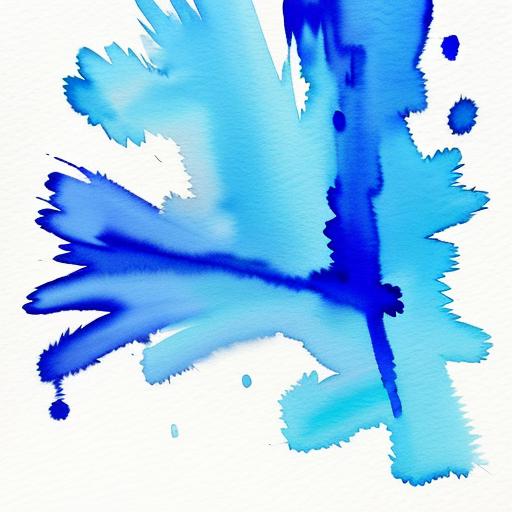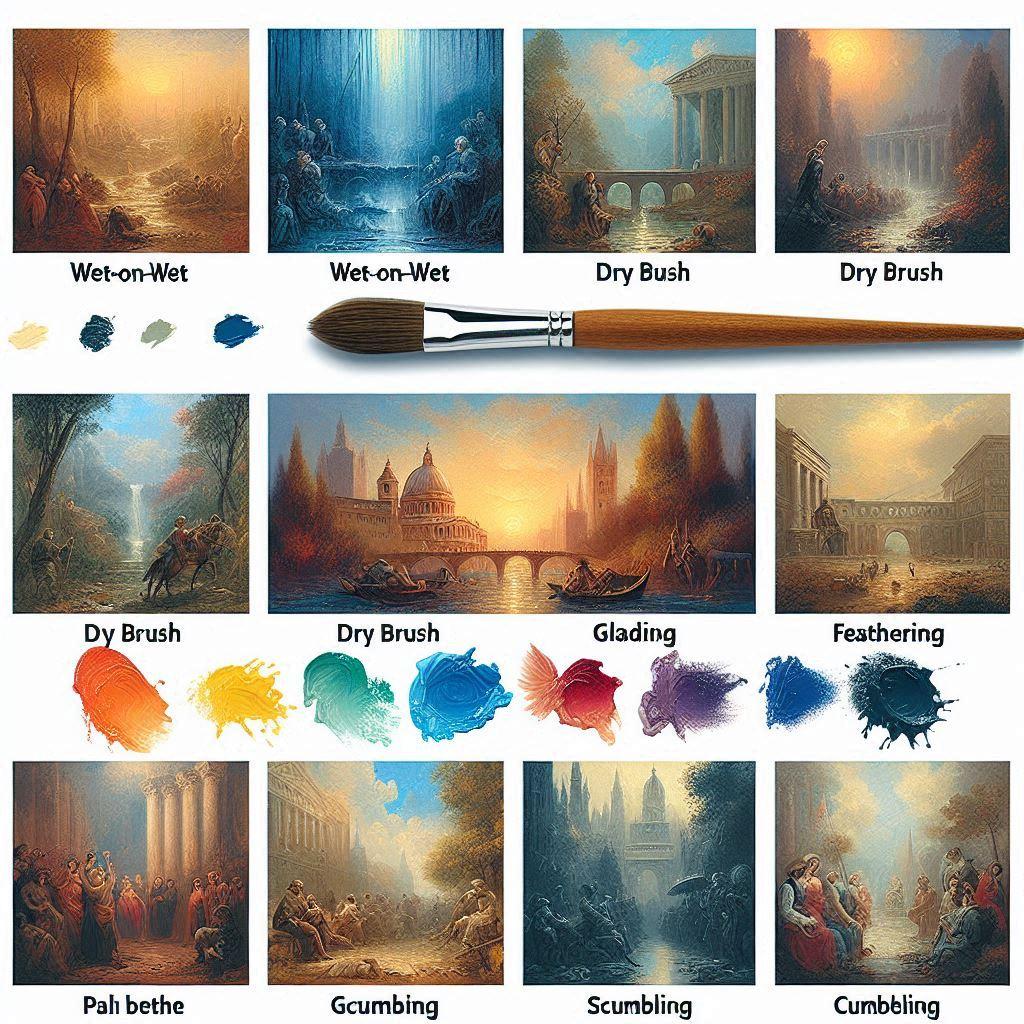Discovering painting techniques can transform anyone from a novice artist into a confident creator. Whether you’re exploring acrylic painting methods, watercolor techniques, or oil painting skills, this comprehensive guide will walk you through everything from fundamental brush strokes to sophisticated artistic approaches. Let’s dive into the colorful world of art techniques and painting styles that will help you create stunning artwork.
Listen to our Podcast on Painting Techniques (or download)
Essential Art Supplies for Different Painting Methods
Before exploring various painting styles and techniques, gather these crucial art materials:
Paint Selection
- Acrylic paints (brands like Liquitex, Golden, or Winsor & Newton) – Versatile, fast-drying paint perfect for beginners; offers excellent coverage and easy cleanup. More about Buying Paints
- Oil paints (popular choices include Gamblin or Michael Harding) – Traditional medium with rich colors and slow drying time; ideal for blending and detailed work.
- Watercolor paints (recommended brands: Winsor & Newton, Daniel Smith) – Transparent, water-soluble paints creating luminous effects; perfect for nature scenes and atmospheric work.
- Gouache (for those interested in opaque watercolor techniques) – Opaque watercolor offering vibrant, matte finish; excellent for illustration and detailed designs.
Artist Tools - Paintbrush set (synthetic and natural bristles) – Essential collection of various brush sizes and shapes for different techniques and paint applications. More on Buying Paintbrushes
- Palette knives for mixing and applying paint – Metal or plastic tools for mixing colors and creating unique textural effects in your artwork.
- Canvas boards or stretched canvas – Durable painting surfaces ideal for acrylic and oil paints; available in various textures and sizes.
- Watercolor paper (140lb or higher) – Specially designed thick paper that absorbs water without warping; essential for watercolor techniques.
- Artist palette (wooden, plastic, or disposable) – Clean surface for mixing colors and creating custom shades; choose based on your preferred medium.
Basic Art Techniques for Beginners
Master these foundational painting methods to build your artistic skills:
Color Theory and Paint Mixing
Color theory is the study of how colors interact, their psychological effects, and how they can be combined to create harmony or contrast in art and design.
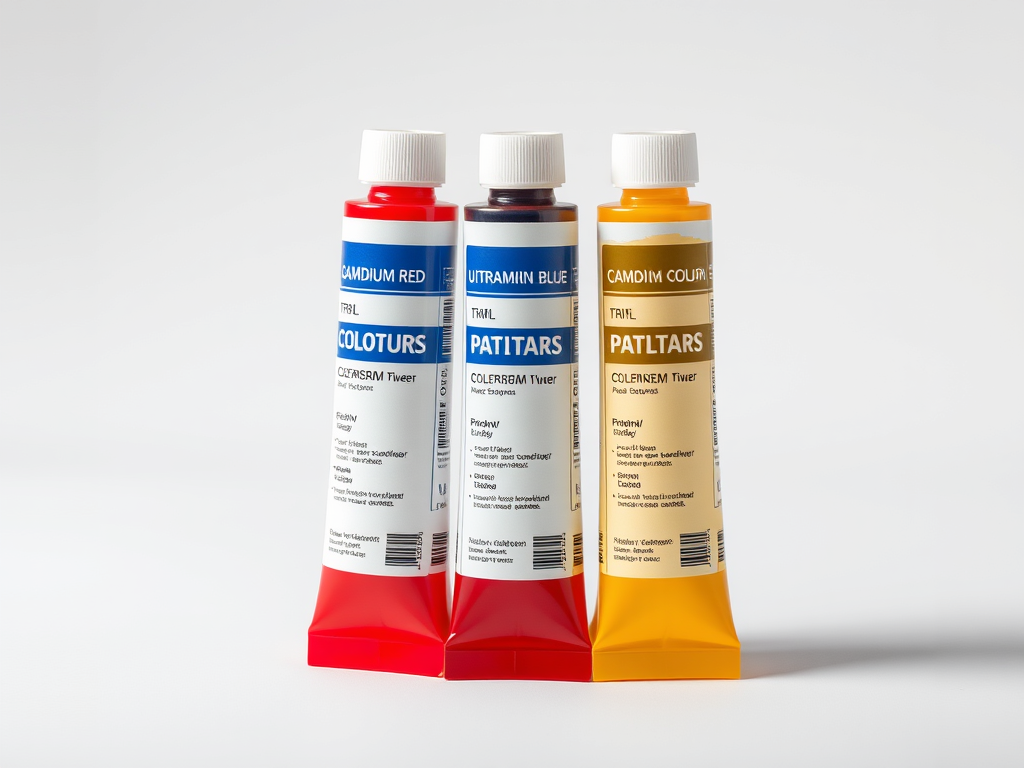
- Primary colors (cadmium red, ultramarine blue, cadmium yellow) – Foundation colors that can’t be created by mixing; essential for building your color palette.
- Secondary colors (mixing techniques for green, orange, purple) – Colors created by combining primary colors; crucial for expanding your painting possibilities.
- Color temperature (understanding warm vs. cool tones) – Knowledge of how colors create mood and depth; fundamental for creating balanced compositions.
- Color wheel relationships (complementary and analogous colors) – Understanding of color harmonies and contrasts; key to creating visually appealing artwork.
Essential Brush Techniques: Essential Brush Techniques encompass the diverse methods artists employ to apply paint, utilizing varying brush strokes, pressures, and angles to achieve specific textures, styles, and visual effects in their artwork. - Flat wash (perfect for backgrounds and large areas) – Smooth, even application of color; fundamental technique for creating solid backgrounds and base layers.
- Graduated wash (creating smooth color transitions) – Gradual color or value changes; essential for creating depth and atmospheric effects.
- Dry brush technique (texture and detail work) – Using minimal paint for textural effects; perfect for creating rough textures and highlights.
- Stippling method (creating texture through dots) – Creating texture through small dots; excellent for adding detail and creating unique surfaces.
- Cross-hatching (building depth through layered strokes) – Overlapping strokes at angles; powerful technique for creating shadows and volume.
Paint Application Methods - Thin layers vs. thick impasto – Thin layers create smooth, even surfaces; thick impasto adds dimension and texture, giving paintings a tactile quality.
- Blending techniques for smooth transitions – Smoothly merging colors to create gradients and soft edges; essential for realistic rendering and atmospheric effects.
- Scumbling for texture effects – Applying paint in a rough, broken manner to create textured surfaces; useful for adding depth and interest.
- Sgraffito (scratching through wet paint) – Technique of scratching through layers to reveal underlying colors; creates intricate details and patterns.
Intermediate Painting Approaches
As your artistic skills develop, explore these painting techniques:
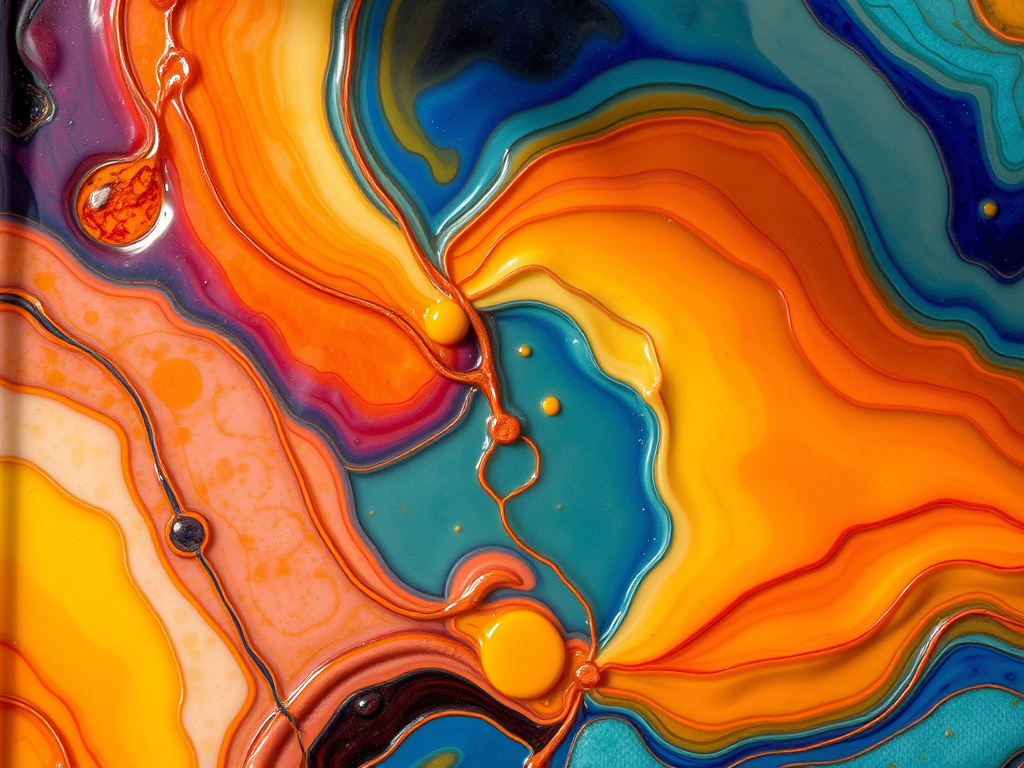
Advanced Color Work
- Glazing methods (transparent layers) – Layering transparent paint to deepen color and create rich, luminous effects.
- Color mixing for skin tones – Precise mixing of hues to achieve realistic flesh tones; essential for portrait painting.
- Creating atmospheric perspective – Using color and value changes to suggest depth and distance in landscapes.
- Working with limited palettes – Restricting color choices to simplify and unify color harmony in a painting.
Texture Techniques - Impasto painting (thick paint application) – Applying thick layers of paint to create a three-dimensional effect on the canvas.
- Palette knife techniques – Using a palette knife to apply and manipulate paint, creating unique textures and patterns.
- Mixed media incorporation – Combining paint with other materials like fabric, sand, or collage elements to add depth and interest.
- Textural additives (modeling paste, gels) – Adding substances to paint to create raised surfaces and varied textures.
- Fresco Painting – applying pigments to wet plaster, creating a chemical bond
Composition Strategies - Rule of thirds in painting – Dividing the canvas into thirds horizontally and vertically to create balanced and engaging compositions.
- Linear perspective techniques – Using vanishing points and converging lines to create the illusion of depth and space.
- Value studies and tonal work – Focusing on light and dark values to establish form, volume, and mood in a painting.
- Creating focal points – Using contrast, color, and placement to draw the viewer’s attention to the main subject of the painting.
Advanced Artistic Styles and Methods
Push your creative boundaries with these sophisticated approaches:
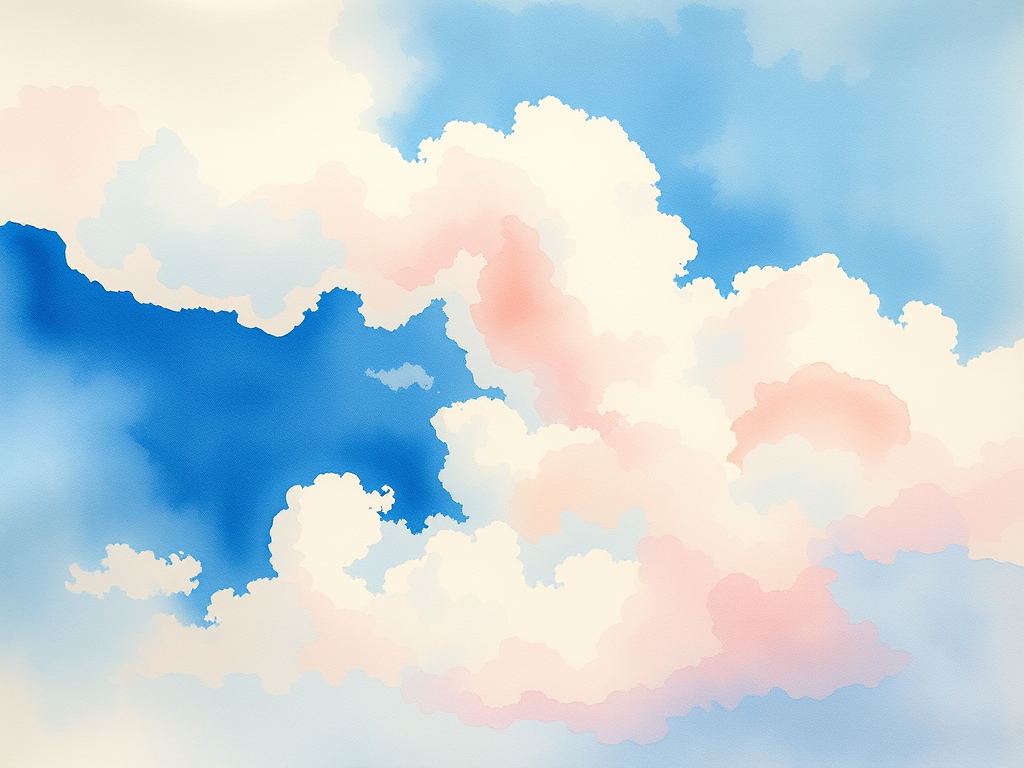
Contemporary Painting Techniques
- Abstract expressionism methods – Expressive, gestural brushstrokes and abstract forms to convey emotion and energy.
- Modern impressionist approaches – Focus on light and color, often with loose, visible brushstrokes and open compositions.
- Mixed media techniques – Combining traditional painting with other materials and techniques for a multi-dimensional effect.
- Digital-traditional hybrid methods – Integrating digital tools with traditional painting for enhanced creativity and flexibility.
Specialized Applications - Wet-on-wet technique (alla prima) – Applying fresh paint onto wet surfaces for seamless blending and vibrant color.
- Layering methods (indirect painting) – Building up layers of paint over a dried underlayer to achieve depth and complexity.
- Plein air painting approaches – Painting outdoors to capture the natural light and atmosphere of a scene.
- Studio painting techniques – Controlled environment painting, allowing for precise color mixing and detailed work.
Experimental Methods - Alternative tool usage (natural materials) – Exploring unconventional painting tools; creates unique marks and textures impossible with traditional brushes.
- Non-traditional surface preparation – Experimenting with different grounds and textures; expands possibilities for paint application and effects.
- Innovative texture creation – Developing new ways to build surface interest; pushes boundaries of traditional painting techniques.
- Mixed media integration – Combining paint with collage, drawing, or other materials; creates rich, multi-layered artwork.
Medium-Specific Painting Tips
Acrylic Painting Techniques: Acrylic painting is a versatile and accessible art medium characterized by its quick-drying properties, water-soluble nature when wet, and ability to produce vibrant colors.
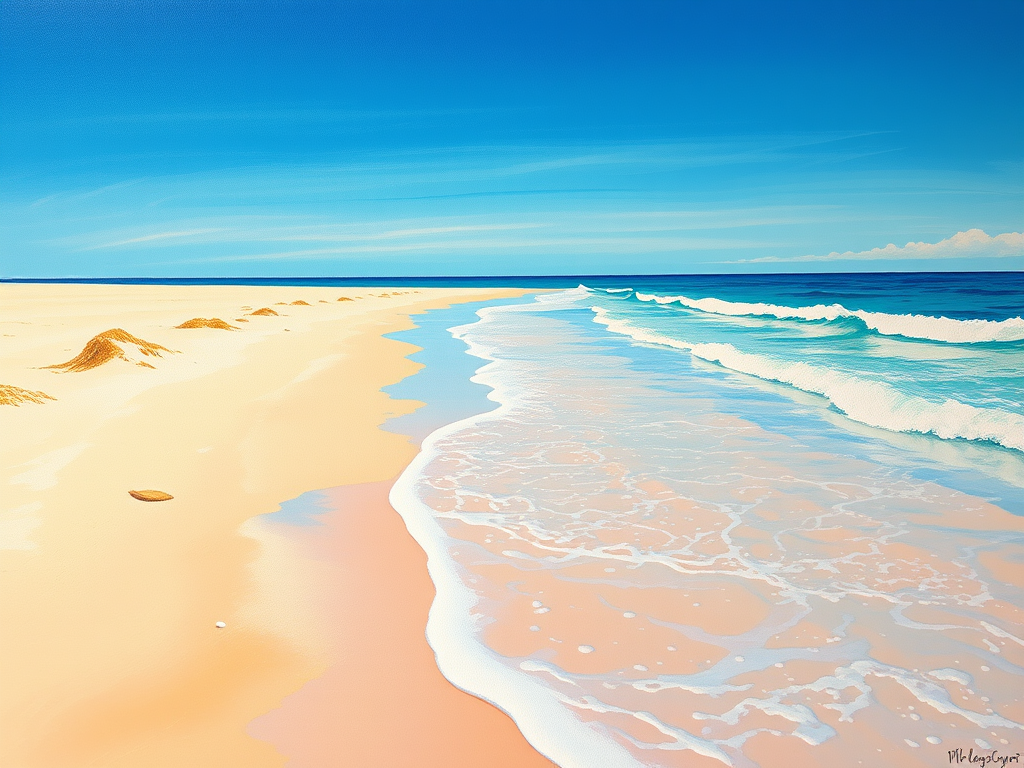
- Fast-drying properties management – Working with acrylics’ quick-drying nature; essential for maintaining workability and preventing waste.
- Texture building methods – Creating dimensional surfaces with acrylic mediums; adds visual and tactile interest to paintings.
- Color blending approaches – Techniques for mixing and blending acrylics; achieves smooth transitions and complex color relationships.
- Medium manipulation – Using acrylic mediums for different effects; modifies paint flow, texture, and finish.
Oil Painting Methods: Oil painting is a traditional art technique using pigment suspended in oil, known for its rich colors, blending capabilities, and long-lasting, luminous finish. - Fat over lean technique – Proper layering of oil paints; prevents cracking and ensures long-lasting paintings.
- Glazing and scumbling – Creating depth through transparent and opaque layers; builds rich color effects.
- Impasto application – Thick, textural paint application; creates bold, expressive brushwork and surface effects.
- Paint consistency control – Managing oil paint viscosity; essential for different techniques and effects.
Watercolor Approaches - Wet-on-wet methods – Applying paint to a wet surface for soft, blended effects; ideal for creating smooth transitions and diffused edges.
- Dry brush techniques – Using a mostly dry brush to create textured, scratchy lines and effects.
- Salt and alcohol effects – Adding salt or alcohol to wet watercolor to create unique textures and patterns.
- Lifting and correction methods – Removing or lightening paint by lifting it with a damp brush or blotting tool; allows for corrections and highlights.
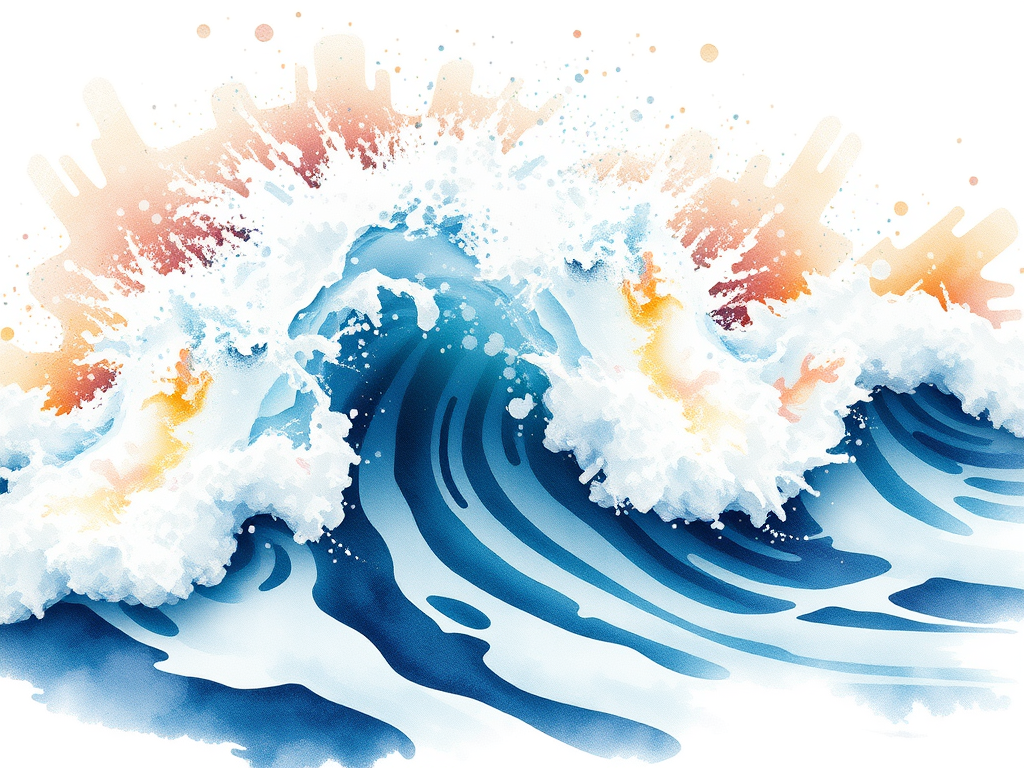
Professional Art Techniques
Elevate your work with these expert-level methods:
Advanced Color Theory
- Color psychology in art – Understanding how colors affect mood and emotion; crucial for creating impactful artwork.
- Complex color harmonies – Creating sophisticated color schemes that go beyond basic complements and analogs.
- Temperature control – Balancing warm and cool colors to create depth, harmony, and visual interest.
- Atmospheric perspective – Using color and value shifts to suggest distance and create a sense of space.
Technical Mastery - Edge control techniques – Managing the hardness or softness of edges to guide the viewer’s eye and create depth.
- Brush loading methods – Controlling the amount and distribution of paint on the brush for various effects.
- Paint consistency management – Adjusting the thickness and flow of paint for different techniques and applications.
- Surface preparation – Preparing the canvas or paper to achieve the desired texture and absorbency.
Troubleshooting Common Painting Challenges
Troubleshooting common painting challenges involves identifying and resolving issues like uneven texture, color bleeding, overworking, or drying problems through proper technique, materials, and preparation. Remember everybody makes mistakes and some can create amazing paintings.
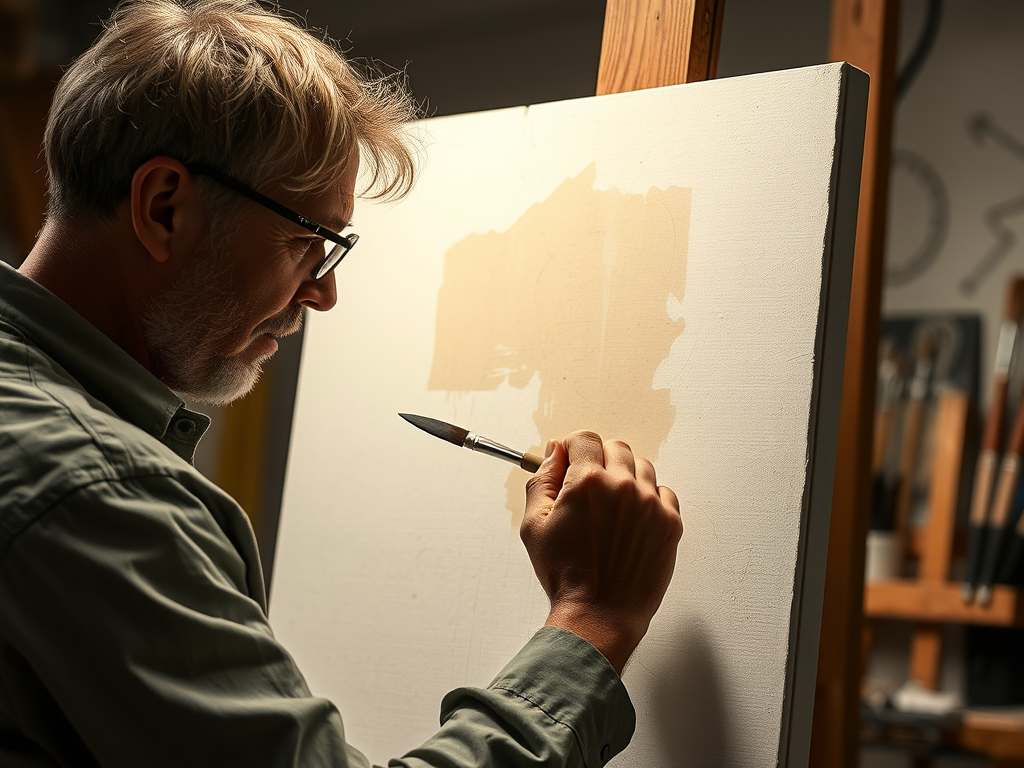
Color Mixing Solutions – common mistakes include
- Avoiding muddy colors – Understanding color relationships to keep mixtures clean and vibrant.
- Creating clean mixtures – Properly mixing colors on the palette to achieve the desired hue and intensity.
- Color temperature control – Managing warm and cool tones to maintain color harmony and avoid dullness.
- Achieving desired values – Accurately mixing colors to achieve the right lightness or darkness in a painting.
Technique Refinement - Brush control improvement – Practicing to achieve precise, confident brushstrokes and control over paint application.
- Edge management – Learning to create soft, hard, lost, and found edges to enhance depth and focus.
- Texture creation – Developing skills to create a variety of textures that add interest and dimension to your work.
- Paint consistency – Mastering the right consistency for different techniques, whether smooth or textured.
Material Management - Paint storage solutions – Properly storing paints to maintain their quality and longevity.
- Brush care methods – Cleaning and maintaining brushes to preserve their shape and performance.
- Canvas preparation – Preparing the surface correctly to ensure optimal paint adhesion and finished appearance.
- Studio organization – Organizing your workspace for efficiency and ease of access to materials.
Developing Your Artistic Style
Finding Your Voice:
- Experimentation with techniques – Trying out different methods and styles to discover what resonates with you.
- Style development exercises – Focusing on specific aspects of your work to refine and solidify your personal style.
- Influence integration – Incorporating elements from other artists or genres while maintaining your unique perspective.
- Personal expression methods – Exploring themes and subjects that are meaningful to you and reflect your personality.
Growth Strategies:
- Practice routines – Establishing a consistent practice schedule to continually improve your skills.
- Skill development plans – Setting goals and creating a plan to achieve them, whether technical or stylistic.
- Workshop participation – Attending classes or workshops to learn from experienced artists and gain new insights.
- Community engagement – Connecting with other artists for feedback, collaboration, and inspiration.
Art Education and Resources
Learning Opportunities:
- Online art courses (Skillshare, Udemy) – Accessible courses covering a wide range of topics and techniques.
- Local art workshops – In-person classes for hands-on learning and direct interaction with instructors.
- Museum studies – Visiting museums to study masterworks and gain inspiration from classic and contemporary art.
- Artist communities – Joining groups or forums where artists share knowledge, tips, and critiques.
Digital Resources:
- Art technique videos – Tutorial videos that demonstrate techniques and provide step-by-step guidance.
- Online tutorials – Written and visual guides for learning specific painting methods and styles.
- Artist forums – Online communities where artists discuss their work, share tips, and offer advice.
- Social media inspiration – Following artists and art accounts on platforms like Instagram for daily inspiration.
Conclusion
Mastering painting techniques is a journey that combines traditional methods with personal innovation. Whether you’re working with acrylics, oils, or watercolors, remember that every artist develops at their own pace. Keep experimenting with different painting styles and techniques while building your fundamental skills.
Ready to explore these painting techniques? Start with the basics and gradually incorporate more advanced methods into your artistic practice. Remember that every masterpiece begins with understanding fundamental painting techniques for beginners.
(pill)


